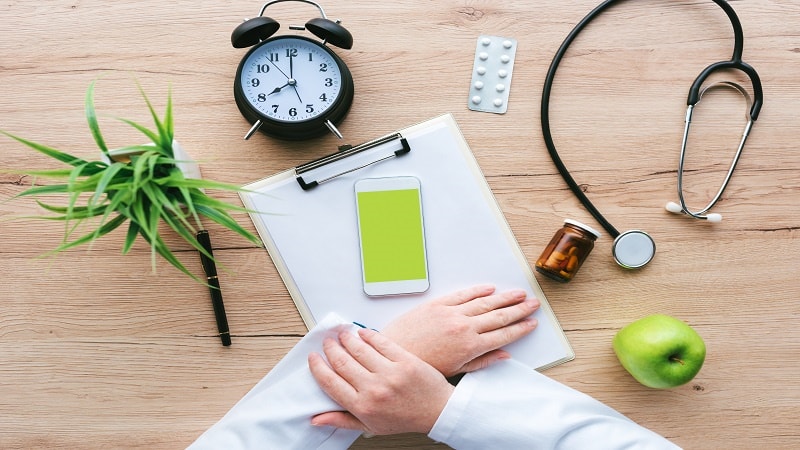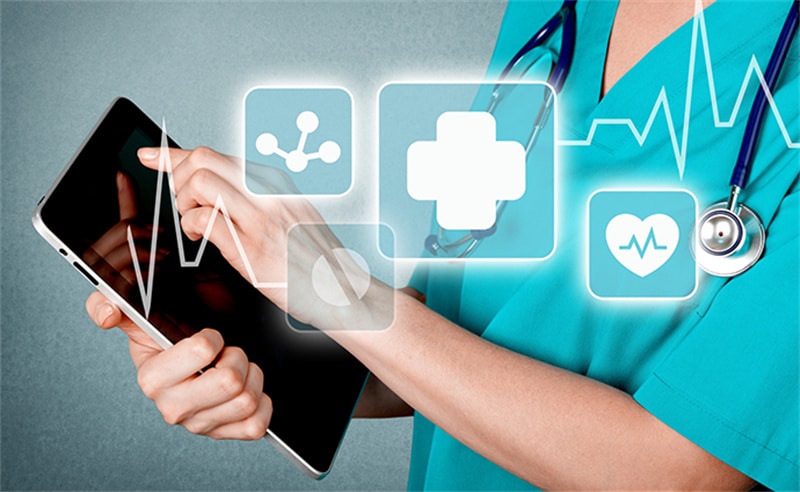
Rapid advancements in technology and the increasing demand for convenient and accessible healthcare services have led to the development of healthcare apps, which are reshaping the way healthcare is organised.
They allow us to empower patients, improve doctor-patient communication, and streamline medical processes. What are the latest trends and advancements in healthcare development, with a focus on telemedicine, AI in medical diagnosis, or remote patient monitoring?
Improve the quality of your life

In everyday life we use lots of apps that make our lives easier, so why don’t use an app for your health improvement too? There are a few features such an app needs to have, like being user-friendly, powerful, and secure to protect sensitive data. The collaboration of Hattrick It and Exploragen, the DNA lifestyle company, resulted in the creation of three apps which are capable of DNA analysis to solve various health issues.
The first app to mention is Per Cup, analyzing the response of the body to caffeine according to unique DNA. It focuses on the metabolism of caffeine, the amount drank by the user, and even the bitterness which is proper for them. It’s also a tool for tracking the presence of caffeine in drinks and snacks they consume.
With lots of people suffering from insomnia and sleep disorders, Slumber Type may be a solution for them. It enables users to see the influence DNA has on their sleep, and consequently what the results may mean for other aspects of their life. Users may also monitor their everyday activities to see if and how they affect the quality of sleep.
The last app will surprise you as it generates personalized music based on your genes, providing an unparalleled listening experience. It’s called GenoTonez, and it uses an AI algorithm to do all the work.
Move telemedicine level up
We all learnt a lot during the covid pandemic, when surprisingly we were able to move almost all everyday activities into their online form. That was the time of the emergence of telemedicine apps, making it easier for patients to talk to doctors, and receive help. The biggest challenge was to create an app which is secure, fast, and user-friendly, so even elderly people could use it.
The apps allow patients and doctors to exchange text, audio, image and video messages, but they also get a chance of making audio and video calls. To aid doctors with the multitude of patient messages they have, an option of sorting them by urgency level, or even detection of keywords in messages to sort them automatically by how urgent they may be.
The apps should definitely not replace face-to-face appointments, yet, they allow reducing the number of visits with minor health problems, saving the time of both patients and doctors, as well the costs of all doctor’s appointments.
Remote patient monitoring

The apps that collect data through wearable devices, sensors, or IoT-enabled medical devices, transmitting information to healthcare professionals revolutionized the world of medicine, by managing chronic conditions, post-surgical care, and elderly care. The patient’s health conditions and vital signals are monitored in real-time from a distance, giving healthcare providers a chance to intervene promptly, reducing hospital readmissions and improving overall patient outcomes.
Wearable technology is also a great help with personalized health tracking and fitness monitoring. These apps collect data on metrics like heart rate, sleep patterns, steps taken, and calories burned, which can be later used to set goals, track progress, and receive real-time feedback on their health and fitness activities.










